I'm taking my first electronics course in my EE program, so I'm just delving into the world of Spice programs. l
I've been asked to use LTspice to design a unity gain buffer amplifier using the LTC6085 in LTspice, and simulate it for a transient response of the output voltage with an input voltage source of a trapezoidal pulse with an amplitude of 1 V, rise and fall time of 1 usec, and a flat top width of 3 usec. We were then asked to compare the input to the output voltage on a plot.
I already completed the project, but I'm curious about one thing I noticed in the graph of the function.
I noticed that there is a lot of overflow in the circuit simulation graph, and I'm not sure why this is. Could someone explain why this overflow is here?
My instructor already approved the circuit and gave me a high grade (I'm not asking for homework help, I'm just looking to understand why this overflow exists.) As far as I know, buffer amplifiers have equal input and output voltage. Is this overflow something that should/could be corrected? How would I do it?
